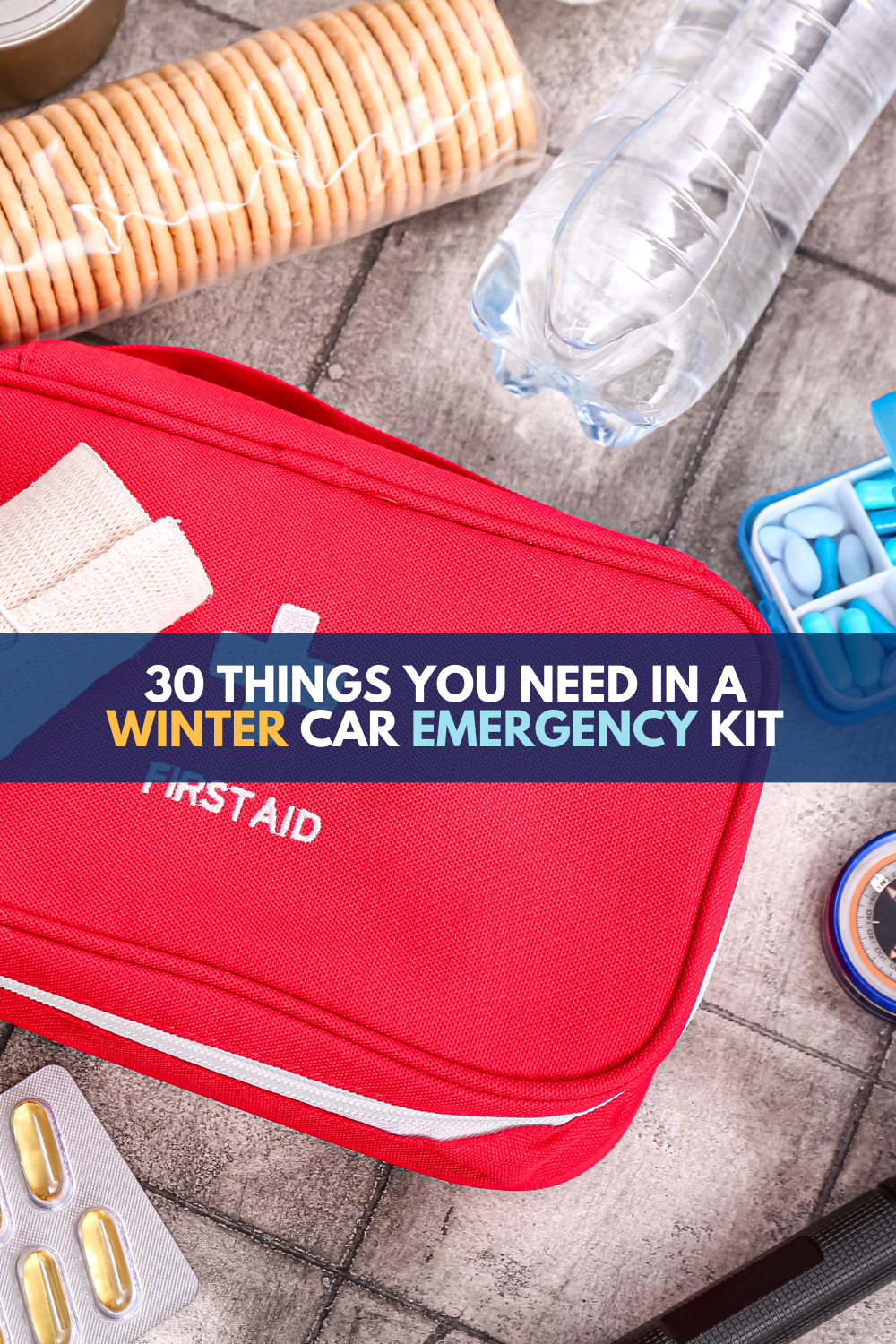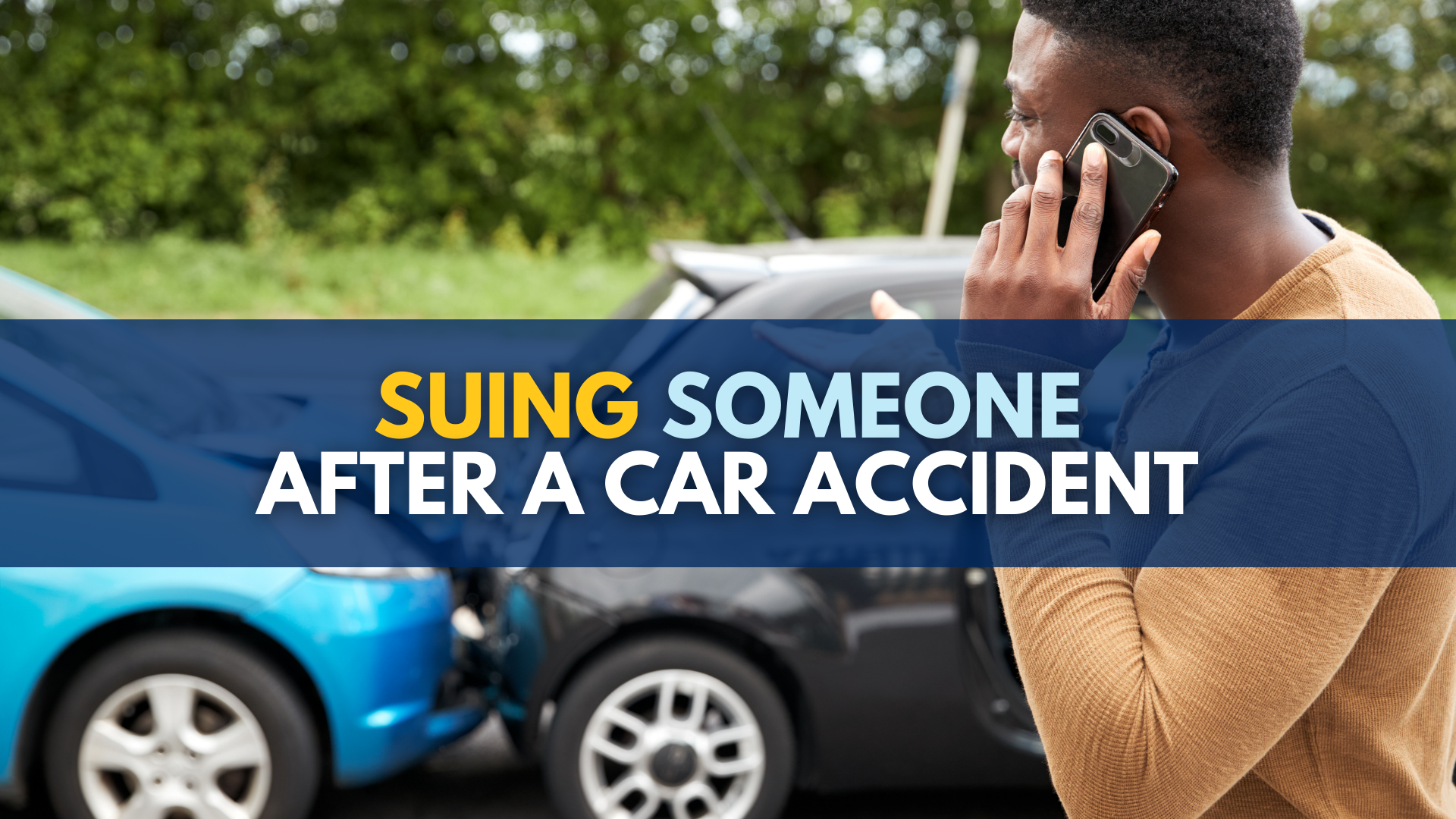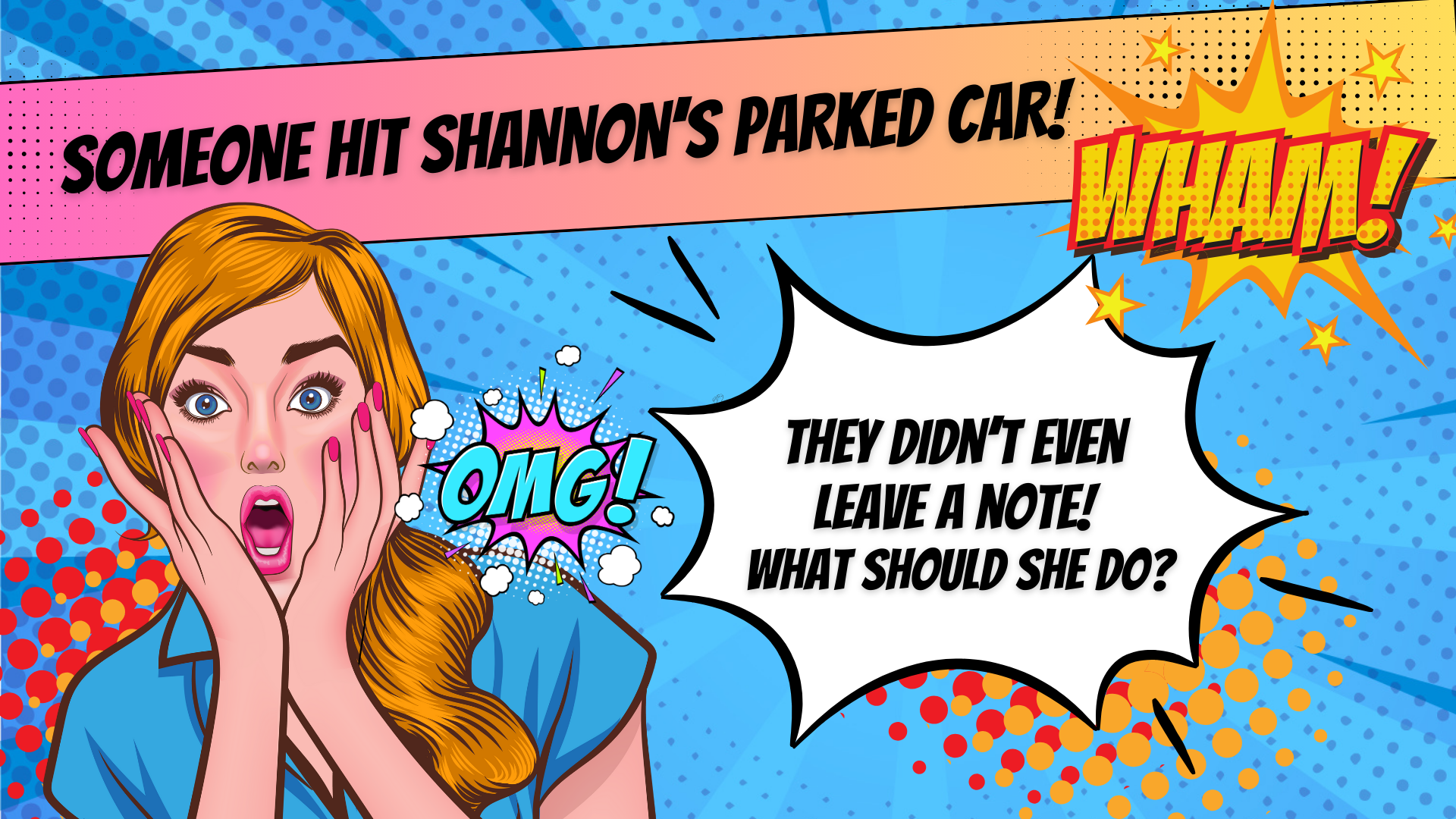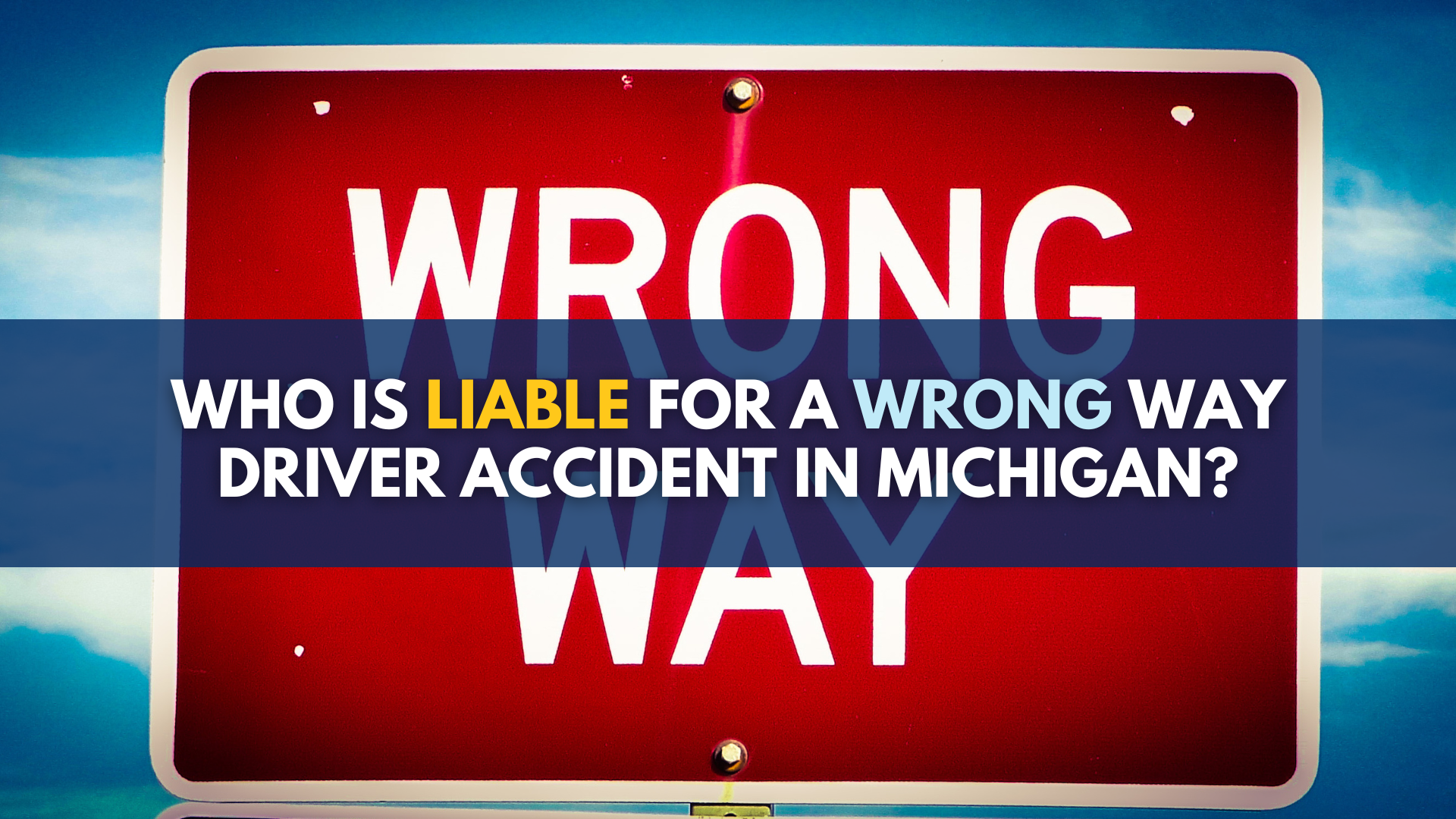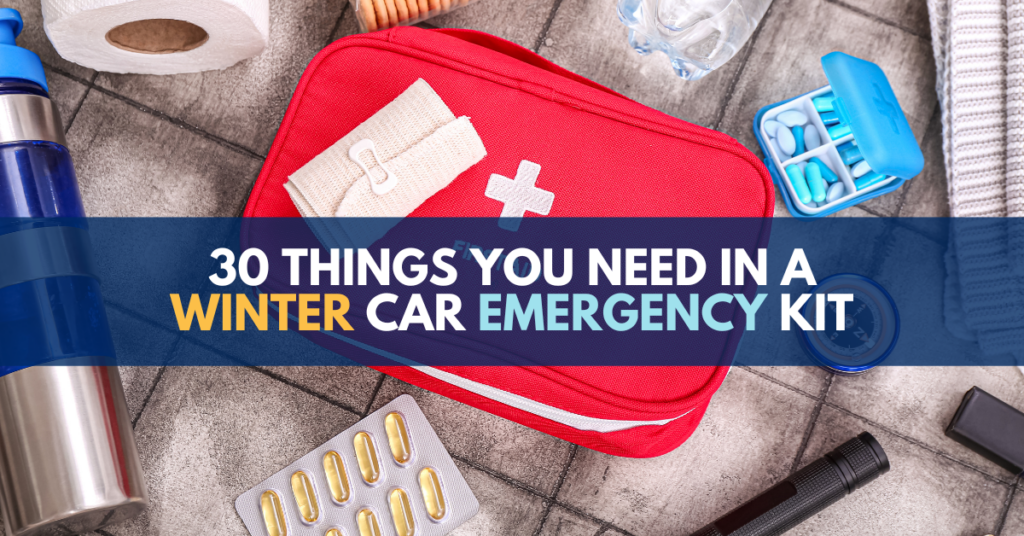
Before you and your family even consider hitting the road this winter, the most important thing you can do is assemble your winter car emergency kit – and make sure it’s in the car before you start driving.
Lately, I’ve been sharing my tips and advice for staying safe on Michigan’s wintry roads. The topics I’ve addressed include:
- Staying safe by knowing the Michigan winter driving accident statistics
- What parents need to know about winter coats and car seats
- Winter driving tips to save your life
- How to stay safe when driving in whiteout conditions
- Winter safety tips for truck drivers
All of those tips are very important and following them will greatly increase the chance you and other drivers will arrive safely at your and their destinations.
But today I’m going to talk about what comes before all of those important tips. I’m going to talk about why people need to have a winter car emergency kit and what they need to have in it.
Why do people need a winter car emergency kit?
A winter car emergency kit will help them survive should they be stranded on the road due a crash on treacherous snowy and icy roads and weather conditions and/or whiteouts.
Michigan winters can be extremely cold and harsh and when exposed to the accompanying weather conditions without the proper protection and provisions, they can be very dangerous.
What should be in a winter car emergency kit?
When I’m asked “what should be in a winter car emergency kit?” – the question comes up every year when the snow flies – I tell them they need to have the following items in your car:
- Warm clothing (such as hats, gloves, winter jackets and winter boots)
- Work gloves
- Reflective clothing to wear when you’re outside your vehicle
- Blankets and sleeping bags
- Non-perishable food items and snacks (including a can opener)
- Drinking water
- Flashlight (with batteries that have not expired or been used up)
- Candles and waterproof matches or preferably a lighter
- Small, indoor, portable propane heater (but only if proper ventilation can be secured)
- Battery powered cell phone charger and/or emergency radio (with batteries that have not expired or been used up)
- Medical first-aid kit
- Flares
- Reflective “WARNING” triangle
- A “HELP” sign to signal other motorists or first responders
- Shovel
- Carpet strips, traction mats, cat litter and/or sand – to help for traction if you’re stuck
- Instant spill absorber (also referred to as sweep absorbent)
- Snow brush/ice scraper
- Windshield washer solvent
- Jumper cables
- Self-contained, portable battery jump starter
- Spare tire and tools (jack and lug wrench) and supplies to change or fix a flat tire (such as a can of fix-a-flat or foam tire sealant)
- Air compressor (to inflate a flat tire that has been fixed)
- Tire gauge
- Tire chains
- A tow strap
- Tool box (with basics such as a screwdriver, a wrench, pliers, a wire cutter)
- Multi-purpose pocket knife
- A tarp to kneel on when working to change a tire or recharge a battery
- Fire extinguisher
I can’t stress enough how important it is to always be prepared and safe for whatever unexpected conditions arise on the road when driving in the winter. Your car may break down or you may be involved in a serious car accident. It is not unusual as an auto accident attorney to hear my clients tell me that they were waiting in their cars for hours before help could come. Having a properly equipped winter car emergency kit in your car will go a long way toward keeping your family and you safe.
Injured in an automobile crash? Call Michigan Auto Law now!
Unfortunately, sometimes it will take more than a winter car emergency kit to keep you and your family protected from the underlying dangers of snowy and icy roads. If you were injured in a winter automobile crash, call Michigan Auto Law now (800) 968-1001 for a free consultation with one of our experienced auto accident lawyers. There is no cost or obligation. You can also visit our contact page or use the chat feature on our website.
Michigan Auto Law is Michigan’s largest and most successful law firm that specializes exclusively in helping people who have been injured in auto accidents.
Our secret? Our attorneys deliberately handle fewer cases than other personal injury law firms. This allows us to focus more time and attention on our cases.
Unlike other law firms, our attorneys are never too busy to promptly return phone calls and answer questions.
We have more than 2,000 5-Star reviews that reflect this care and attention to detail.
More importantly, this client-focused approach leads to better and faster settlements for our clients. Michigan Auto Law has recovered more million-dollar settlements and trial verdicts for motor vehicle accidents than any other lawyer or law firm in Michigan. We’ve also recovered the highest ever reported truck accident and auto accident settlement in the state.
Call now so we can start making a real difference for you.
